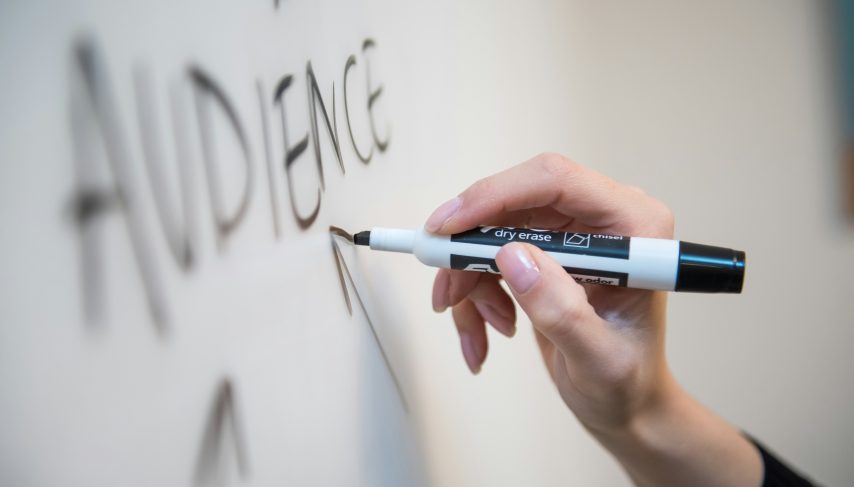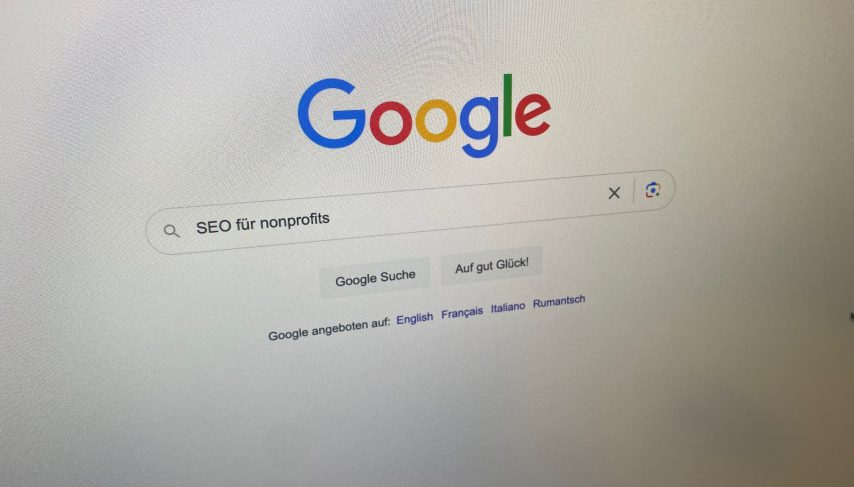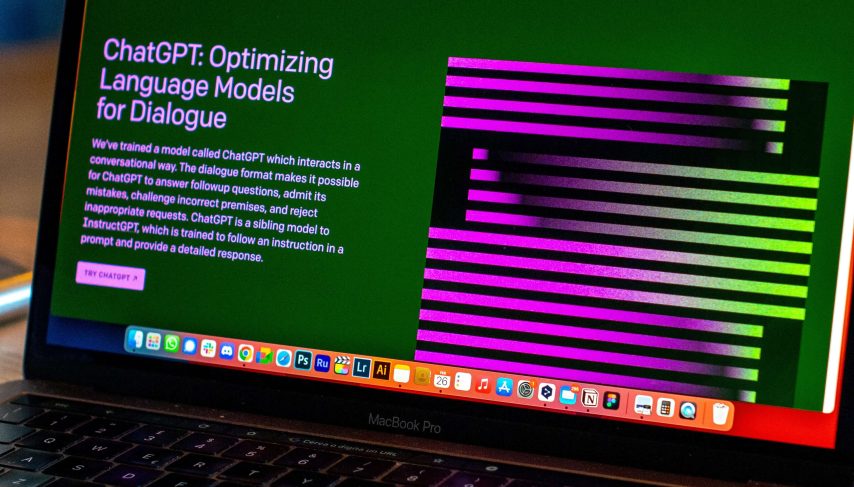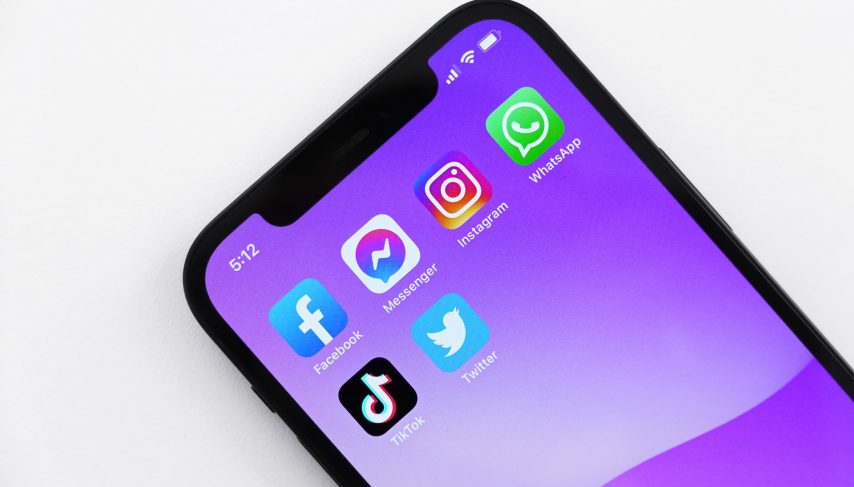
For many organizations, the fundraising letter is considered the most important source of revenue in public fundraising. What is the role of fundraising mailings for your organization?
What Are the Pros and Cons of a Donation Letter?
Pros:
- High response rate
- Personal
- Haptic experience
- Many design and personalization options
- Usual donation via payment slip (transitional)
- Donate with QR bill via eBanking, with payment order or as usual at the post office counter
- If applicable, a QR code additionally links to the donation form on the website
Cons:
- Long preparation times for production & printing (up to 3 months)
- Fixed schedule especially for year-end mailings
- Elaborate and costly
Topic more Important than Wording
Tests have shown that WHAT, the fundraising topic and consequently the story, is more important than HOW, the wording. The topic must be relevant to *the recipient*, it must be authentic, close and arouse emotions.
Donors are interested in which projects you are currently supporting and why (problem). They want to feel the organization/staff, get direction, and know what funds are needed for. If the topic fits, structure and content convey trust and credibility, and the sender is clear, then that is “already half the battle”.
A clear call to action and a short, simple donation path are then critical to donor success.
Start with people you already have connections with. Experience has shown that mailings to existing donors have good response rates. Donors who give multiple times or regularly know your organization. There’s no need to explain. You can use the respective average donation amount as a guideline and now offer each donor a corresponding next higher donation or a regular donation. Thank existing regular donors for their previous donations and give arguments in favor of further regular donations – perhaps even for a higher amount. Donor relations should generally be a priority, and even more so with major donors, who are often won over by a personal conversation once they reach a certain donation amount.
The topic is also absolutely central to fundraising letters to first-time donors and cold calling – only here it means you need to focus precisely on the mailing group that is interested in your fundraising topic. Because the target audience doesn’t know you yet, you can definitely highlight the uniqueness of your organization here and show why you rely on donations. Tip: first test different letter variants with a small selection from the address list. You then send the more successful variant(s) to the complete list.
Cover Letter with Clear Structure
The cover letter usually consists of one page, on the back or via an attached flyer the project is described. A typical fundraising letter structure may look like this: each item should consist of a small paragraph of only one or two sentences and should be formulated using a very specific story. If you use large numbers, break them down into small numbers as you go along so that it is tangible, understandable, and directly relatable to the reader.
- Describe the problem and who or what is affected.
- Then describe the general solution that can fix the problem.
- Now show what unique thing your organization is doing to solve the problem and who or what is being helped.
- Now it’s about the donors. What can they do concretely? Provide suggested donations and describe what each amount will accomplish.
- Say thank you.
- Provide a phone number and/or email address for inquiries.
- The most important thing: the QR invoice to detach or inserted in the letter, at most in a transitional phase still a payment slip.
- For example, an additional QR code can take smartphone users from the offline letter directly to the online donation form.
Write personally. Get the story and the person (being helped or told) close to the reader. Describe the situations, the experience very concretely, so that the information is absorbed “with all senses”. Create urgency.
Readers can still remember the story of a good fundraising mailing a week later.
Simple Donation Suggestions that Have a Concrete Effect
Take the donor perspective. Make it easy for donors and formulate donation suggestions, called “shopping lists,” in all your fundraising appeals. Interested people are grateful for this, because you give them orientation. Tip: If you give three suggestions to choose from, the middle amount is often donated.
Formulate donation proposals as simply and concretely as possible, e.g. with the usual wording such as “30 francs will secure xy for xy for a week.” These promises must be realistic and true. In addition, these statements should be documented internally so that all employees have access and all provide the same information.
Giveaways for more Attention?
Address labels, calendars or sticky notes? They attract attention from selected target groups. Find out via test mailings if and where giveaways impact fundraising results. However, the higher costs must be taken into account.
Internal or External
Whether you have the mailing concept as well as the editing and design of the fundraising letter created and sent by an internal employee or externally by an agency depends on your personnel resources. Do you have the know-how? Can employees familiarize themselves and continuously optimize donation letters and results?
If you produce your donation letter internally, you forward the finished print data to the print shop and release it for printing. The print shop takes care of the rest like printing and shipping incl. postage.
Follow up & Optimize
Experience shows that the first donation results are visible directly on the day of delivery. However, an initial evaluation is only worthwhile after about one month, a final evaluation after about three to six months. You have sent out your letter mailing with the QR invoice and realize that older addressees have not donated? Perhaps they were simply overwhelmed. Send a second fundraising letter in which you also continue your fundraising story, for example, and highlight further project successes, and include a payment slip. You could also send an email in parallel. A week later even a re-reminder by e-mail. You will see – it works! 🙂
Checklist for a Good Donation Letter
Answers to these questions will help you successfully solicit donations.
- Is the address data free of errors?
- Do you write to the recipient personally by name?
- Who do you address: new, existing, (almost) lost donors, major donors, others?
- New donors: what makes your organization stand out? What makes you unique?
- Existing donors: are you building a stronger relationship?
- Is your fundraising letter creative?
- Are the topic and message relevant to the recipients?
- What emotions does the mailing trigger?
- What impact has been and will be achieved with the donations?
- Is the call to donate, the call to action, clearly stated?
- Is donating easy and fast?
- Do you find your donation project on the first pages via Google search?
- Is it prominently placed on the home page of your website? How many clicks do visitors need to reach the donation form?
- What does your fundraising mailing evaluation show? Is it worth sending another targeted fundraising letter and/or email about the fundraising project to a narrowly selected audience as a reminder? Perhaps even a re-reminder?
Does the fundraising letter still bring you very good – or even the best – fundraising results? Share your opinion with us.












